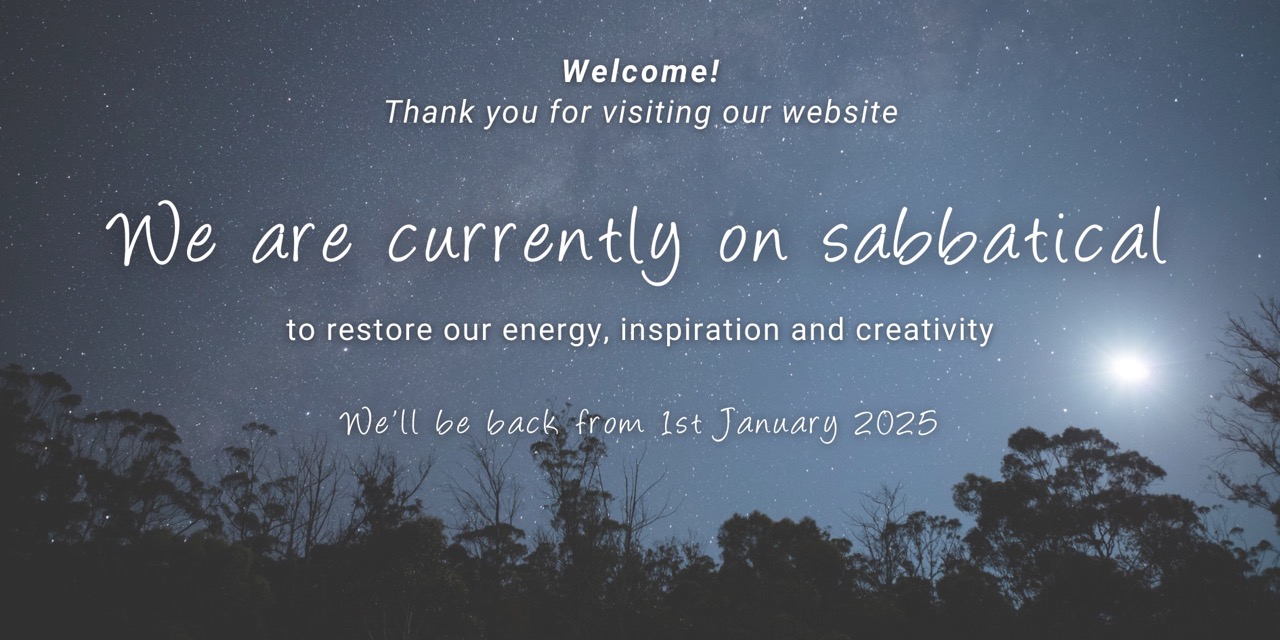Below the earth’s surface in southern Tasmania’s Huon Valley lies Newdegate Cave (Hastings Caves). From the moment you step in from the outside world you are surrounded by its ancient dolomite formations.
As you enter the cave, all you can say is ‘WOW’. The sheer scale and grandeur of what you see in front of you is mesmerising. It’s such a tranquil environment – all you can hear is the sound of water droplets falling and the echoes they create. Over millions of years this is how the cave has become what it is today – imagine what it may be like in another million years!
Before we go on any further, for anyone whose primary school geology has temporarily escaped their memory… remember this?
Stalactites have to hold on tight
Stalagmites might grow to heights
What to consider when taking photos inside a cave…
Getting to Hastings Caves
Distance from Hobart
125kms (south)
How long to drive there
1½ to 2 hours from Hobart
Route
Huon Highway via Geeveston
Read more about Hastings Caves on the Tasmanian Parks & Wildlife Service website






Could you please include some indication of good iso, focal point and shutter speeds?
Also, after mentioning several times that tripods are not allowed, there are two images showing the photographer with a tripod!?!
Hi David, thanks for your comment. It’s not our intention to provide camera settings via our blog posts unless the article is about camera settings specifically. For this article we simply want to provide a few things to think about for the type of photography being engaged in. In response to your feedback about the photos with photographer using a tripod, we have reviewed our post and the original words “Tripods are generally not permitted to be taken inside” remain relevant. As this article was originally written to complement a nature photography weekend that we ran, and for which we obtained special permission allowing participants to take tripods inside, we have since updated the post by adding “Shutterbug Walkabouts frequently obtains special permission allowing photographers to use tripods inside Hastings Caves Tasmania”. Thanks again for your feedback. Coreena